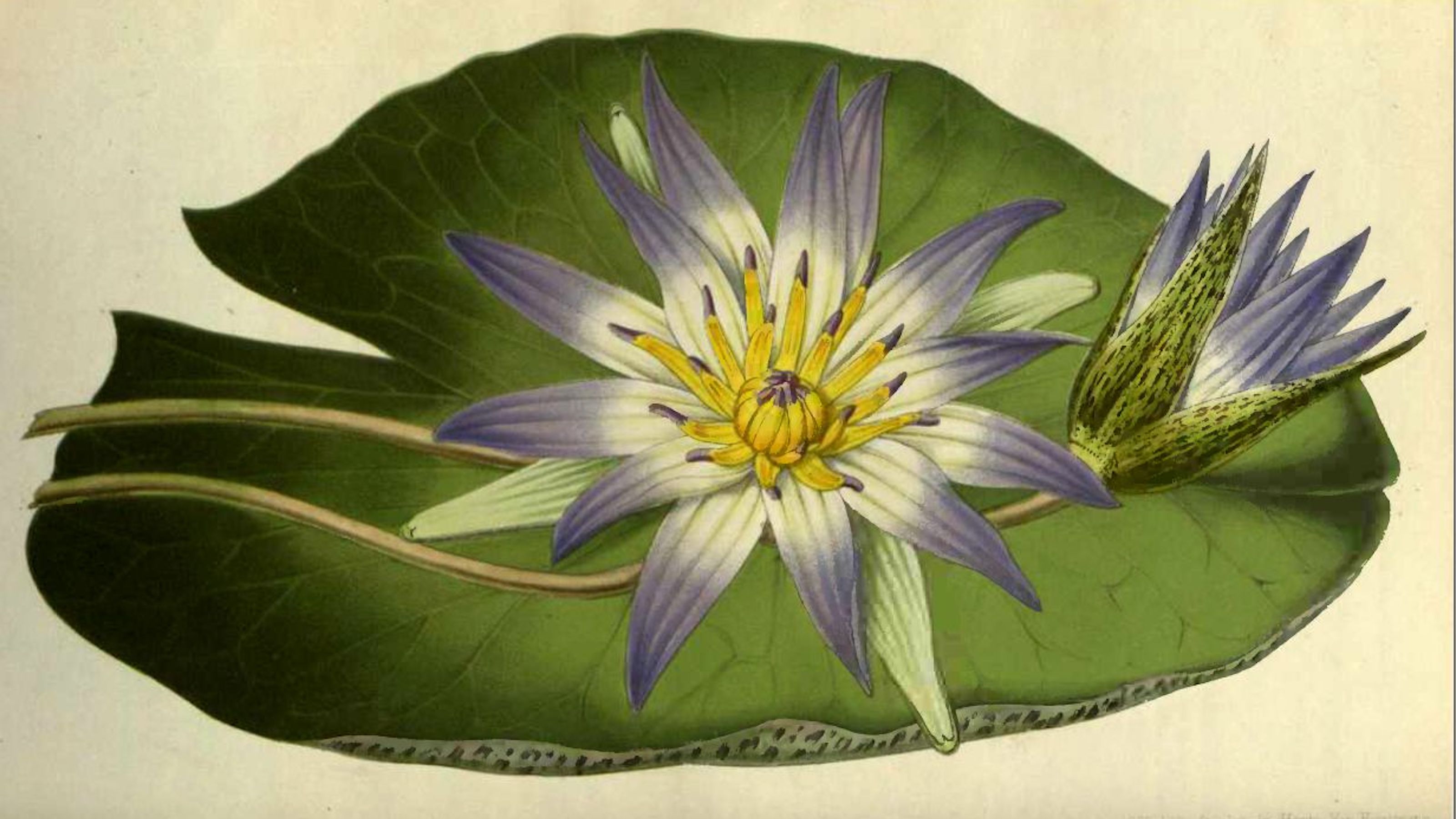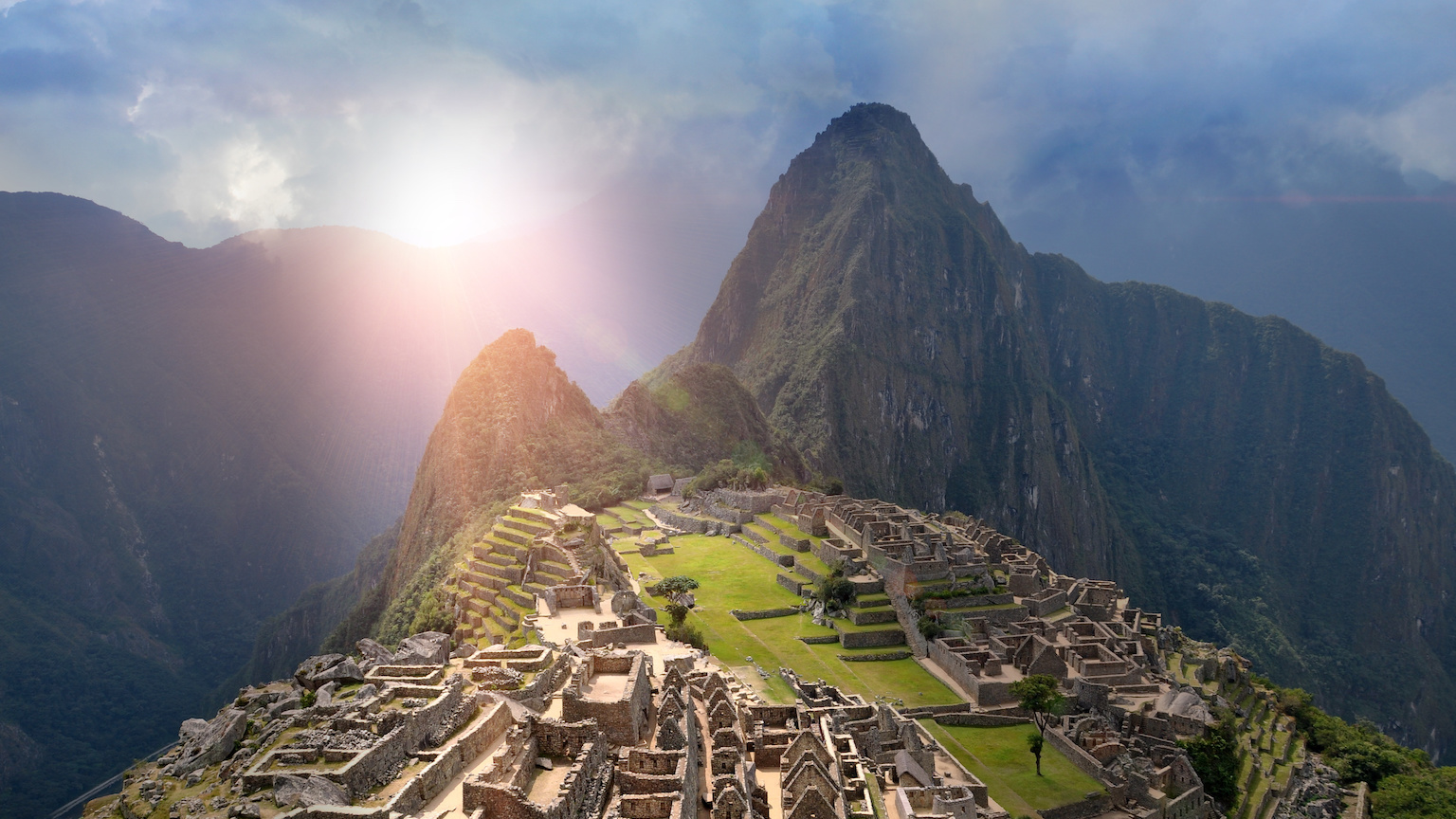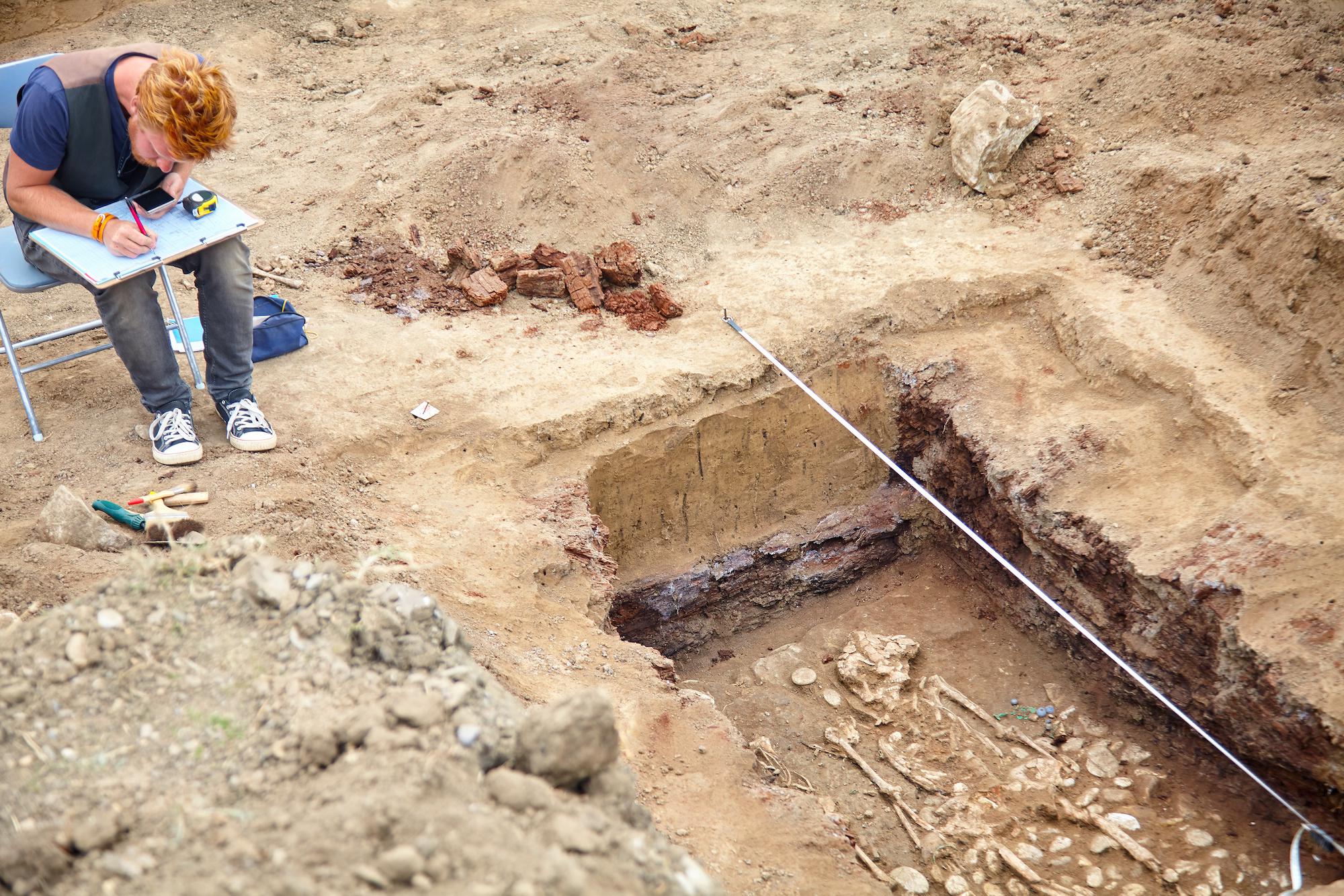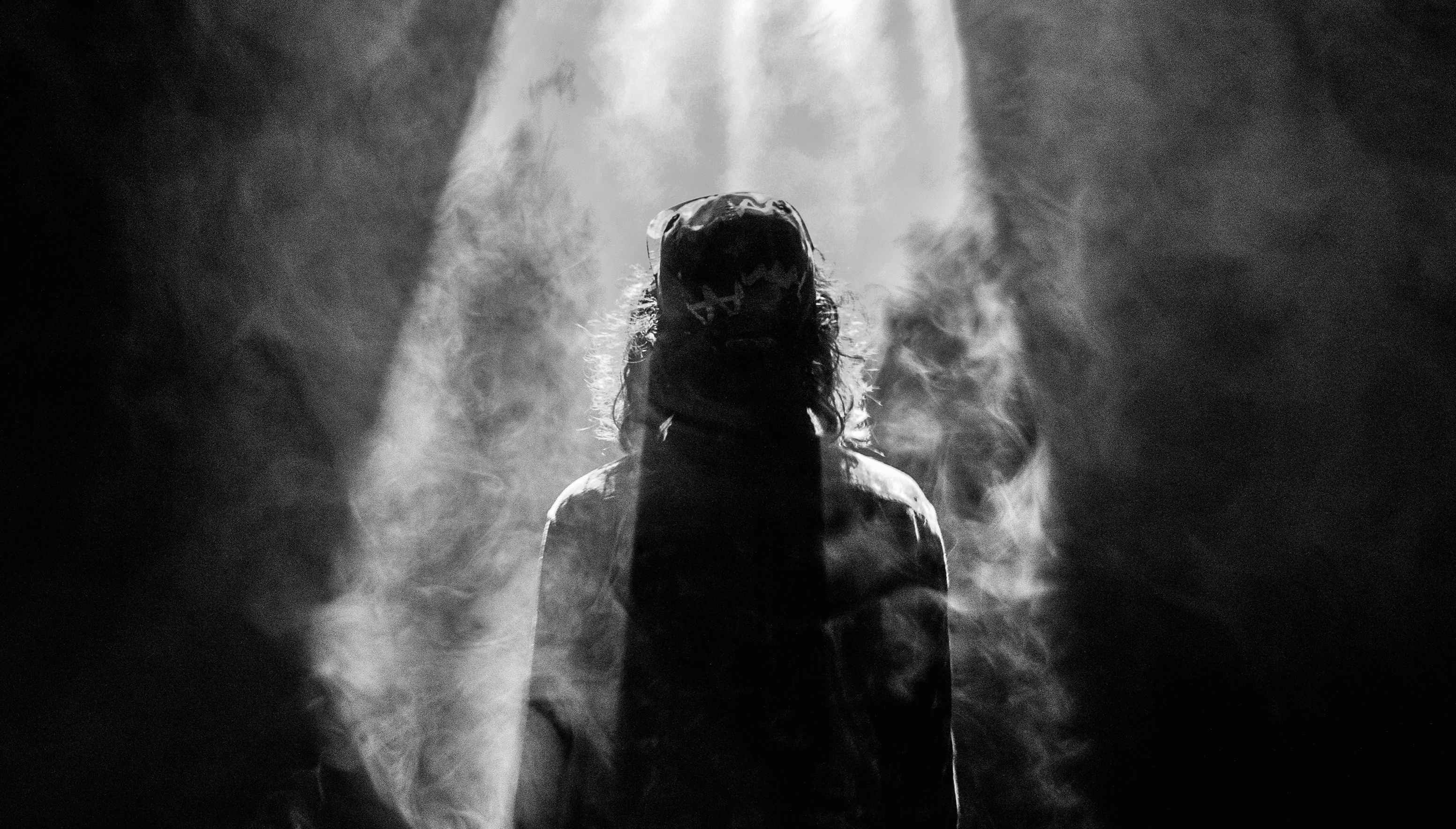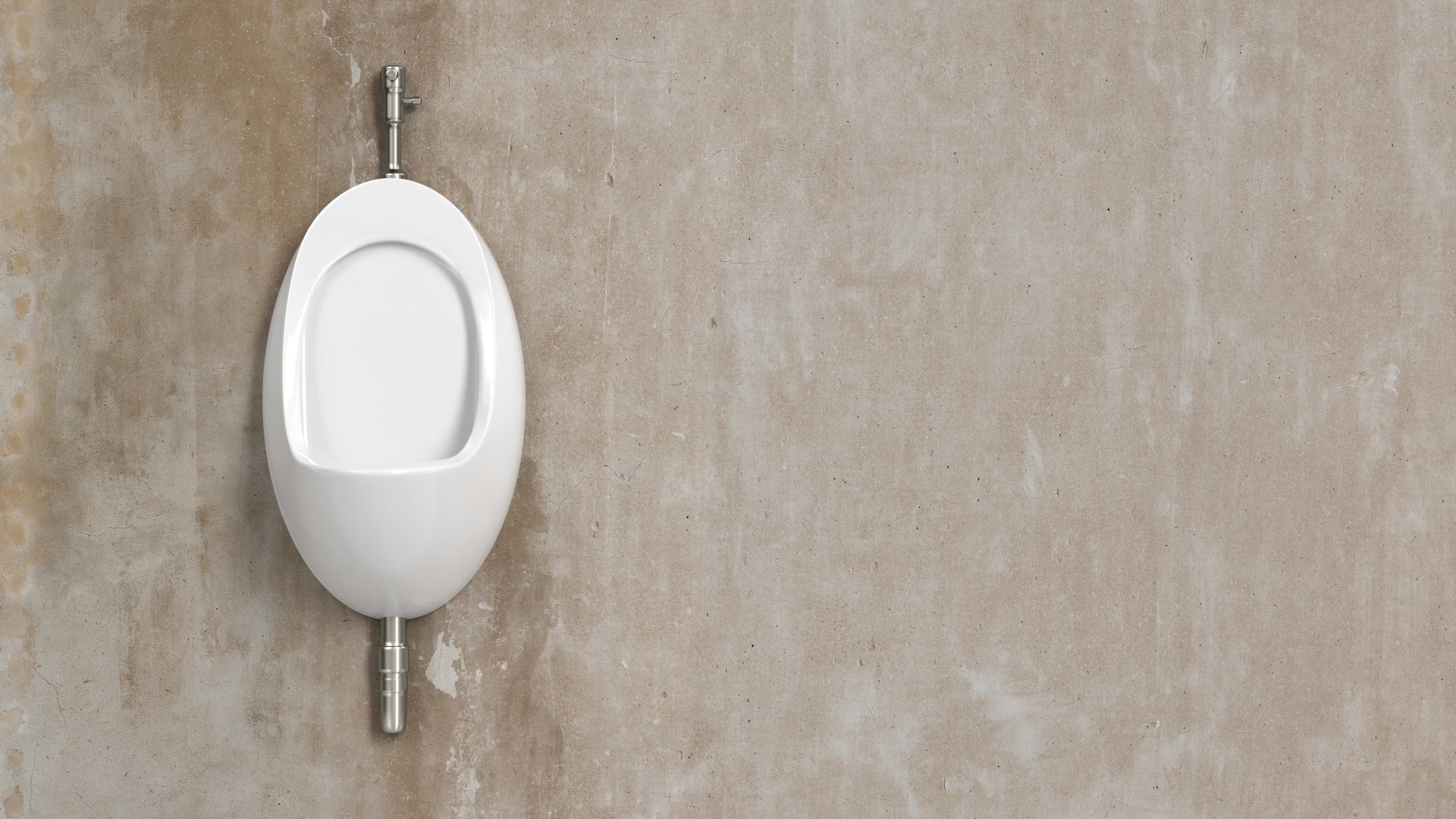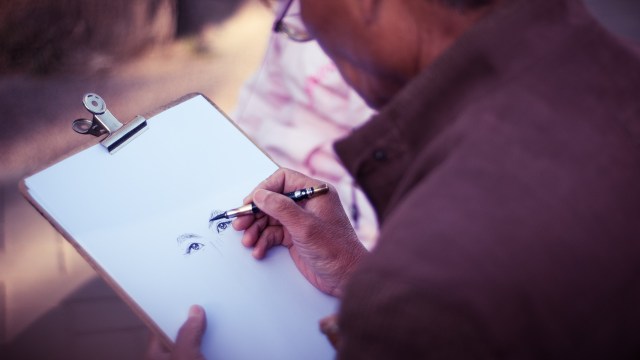Cannabis discovered at an ancient biblical shrine in Israel
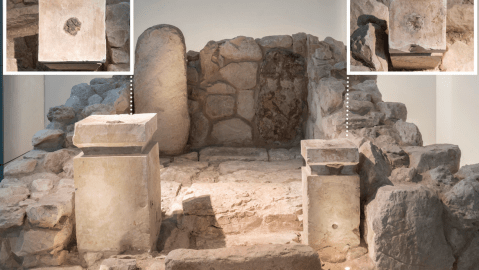
Photo courtesy of Tel Aviv.
- Cannabis and frankincense were discovered at the “holy of holies” shrine in Tel Arad, Israel.
- Both substances were mixed with animal dung to promote heating.
- This marks the first time cannabis has been found in the Kingdom of Judah.
In an extensive review of the history and pharmacology of psychedelics, American chemist David E. Nichols writes that this class of serotonergic hallucinogens “may be the oldest class of psychopharmacological agents known to man.” Three thousand year old hymns to soma—a tea likely brewed with psilocybin mushrooms—are recorded in Vedic literature; the Eleusinian mysteries almost certainly involved a hallucinogenic brew.
Humans have been tripping for a long time.
This isn’t surprising. Our ancestors undoubtedly tasted every plant and fungus available. If you’re seeking food and stumble into a plant that breaks open the head (as the Bwiti describe the African rainforest shrub, iboga), you’ll likely cultivate it. You might even create a ritual or two based on its consciousness-expanding qualities. Maybe a religion springs up devoted to plant life.
Indian scriptures point to cannabis as often as psilocybin. The god Indra loved drinking bhang, a milky beverage containing enough marijuana to make him trip. Shiva imbibed as well. The Vedas praise cannabis as a “divine nectar” that bestows long life and divine visions. Further north, Chinese Taoists combined cannabis with ginseng in a ceremony that helped monks portend the future. Herodotus praised cannabis steam baths built by the warrior clan, the Scythians.
As it turns out, Jews loved cannabis as well. An excavation at an Israeli shrine in Tel Arad has uncovered an altar filled with cannabis and frankincense. According to new research published in the journal, Tel Aviv, the “holy of holies” shrine dates back to 750-715 BCE. As the researchers—Eran Arie, Baruch Rosen, and Dvory Namdar—write, the ritual usage appears to be hallucinogenic.
Is ‘kosher’ cannabis Israel’s next big exp…www.youtube.com
A black, resinous substance was discovered on two small altars. On one of them, a laboratory analysis found residues of tetrahydrocannabinol (THC), cannabidiol (CBD), and cannabinol (CBN). According to Arie, this marks the first time cannabis has been identified in the Ancient Near East. The article notes that another material was discovered in the resin.
“Organic residues attributed to animal dung were also found, suggesting that the cannabis resin had been mixed with dung to enable mild heating.”
The frankincense altar also contained animal fat, which promotes evaporation. Both frankincense and cannabis were likely mixed with animal products to promote burning. The fragrant incense was inhaled—frankincense for its aroma, cannabis for its psychoactive properties.
Frankincense dates back to the 15th century BCE and has long been used ceremonially. In the Bible, this tree resin is as valuable as gold and precious stones. Frankincense is one of the earliest known commodities, dating back 6,000 years on the Arabian peninsula; it fetched a high price as it was traded around the ancient world. While the smell is pleasing it doesn’t have the same effect on consciousness. Enter cannabis.
“As the terpenoids detected are not unique to cannabis and may be found abundantly in many other local plants, it is likely that the cannabis burnt on the altar was not imported for its smell or therapeutic virtues but for its mind-altering abilities, expressed only by heating.”
The authors are aware of hallucinogenic rituals in neighboring lands. This is the first time cannabis has been discovered in the Kingdom of Judah, however. The evidence proves what fans of psychoactive pharmacology have long known: Breaking open the head is an ancient tradition, regardless of ethnicity or religious belief.
—
Stay in touch with Derek on Twitter, Facebook and Substack. His next book is “Hero’s Dose: The Case For Psychedelics in Ritual and Therapy.”
